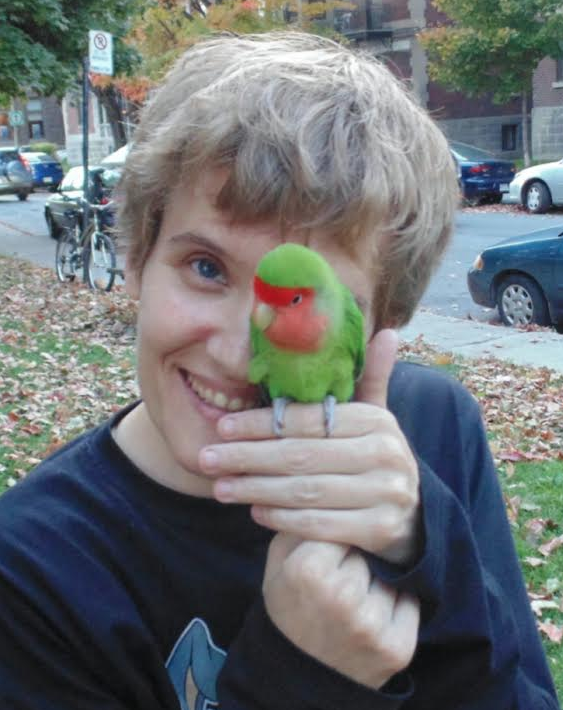
Remrov Vormer, Autistic Savant and Photorealist Artist
[pullquote1 quotes=”true” align=”center” variation=”black”]Believe in yourself, in your strengths and in your gifts. Don’t give up when you really want something. Things don’t just come knocking on your door, you really have to get out there and fight for it. [/pullquote1]Remrov is an autistic savant and self-taught artist who makes photorealistic pencil drawings of everything he finds interesting, mainly animals and wildlife. Because of his autism he sees the whole world in tiny little details. His drawings tend to be this way too, very precise and detailed. Besides being an artist, Remrov also devotes his time to raising awareness and understanding about autism. Last year, he started making videos in which he shares his experiences as an autistic person, and in which he talks about many different topics related to autism. His goal with these videos is to help other people with autism and their families, to build a bridge in between the autistic and neurotypical worlds and he hopes to be a voice for non-verbal autistic people. Watch his videos here.
Be sure to follow Remrov’s Artwork Facebook and Remrov’s World of Autism Facebook to stay up-to-date with all of the wonderful things Remrov is working on.
To learn more about Remrov’s fascinating inner world as a photorealist artist and autistic savant, read our interview with him below.
Interview with the Artist
How did you get involved with art?
When I was very little I was already very fond of drawing. I drew roadmaps, and patterns of shapes and colours. Later I started to draw aliens creatures, and also animals, and portraits of people I liked. People started to commission me every now and then for a portrait of their loved-one or their pet. That was in the Netherlands. When I immigrated to Canada in 2013, I decided to really make my job out of my drawings. I started to make very photorealistic pencil drawings about six years ago.
Where do you derive your artistic inspiration?
From things I see around me, nature and animals mostly. I also get inspiration when I see other artist making very photorealistic pencil drawings.
What piqued your interest in animals? Which is your favourite?
I have always been a huge animal lover. It is very important to me to help animals with my drawings. I always donate part of the proceeds of my drawings to good causes that help animals and wildlife. I find it difficult to say which animal is my favourite because I love them all, but I find lions especially incredibly beautiful and powerful.
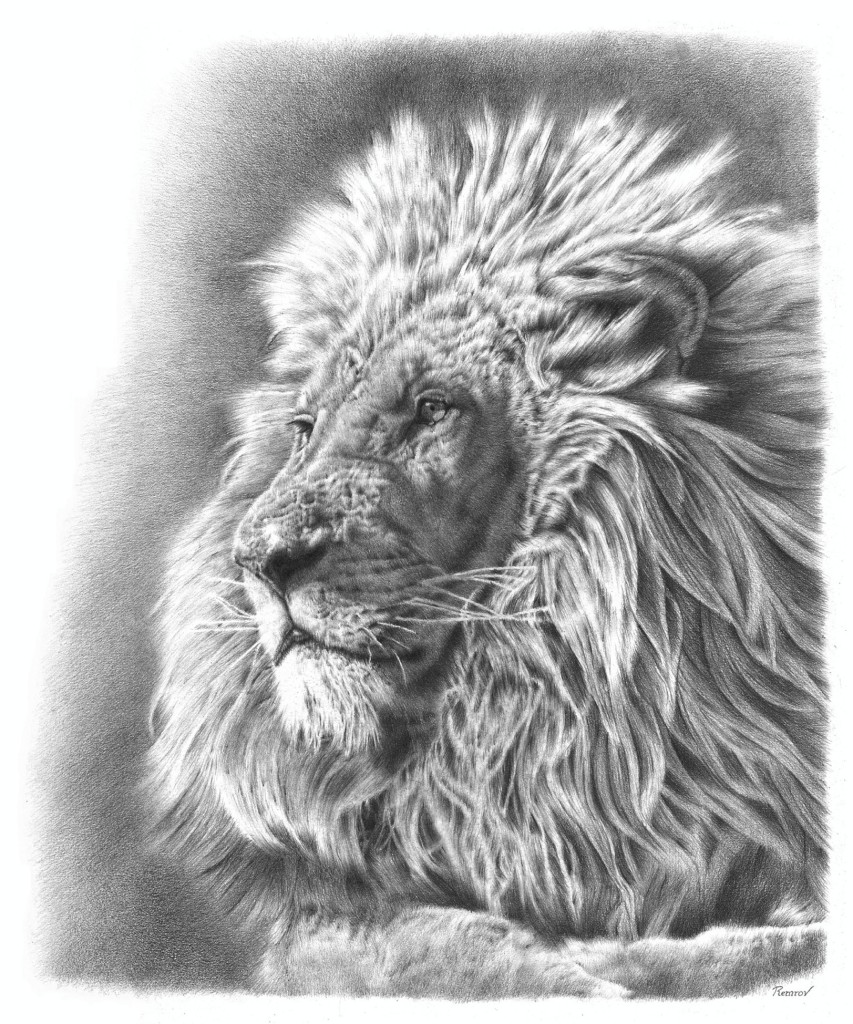
Do you draw from memory or do you look at a photograph for reference?
I used to draw a lot of things from memory, but now that I’m devoting my self to my art I always look at a photo as a reference, so that I can make it very detailed and photorealistic.
About how long does it take you to complete one of your drawings?
My drawings take quite long because they are very detailed. Most of my drawings are 14 x 17 inch or bigger and they take me from 80 to 120 hours. My rhino drawing (pictured below), for example, took me 120 hours. That’s my most detailed drawing.
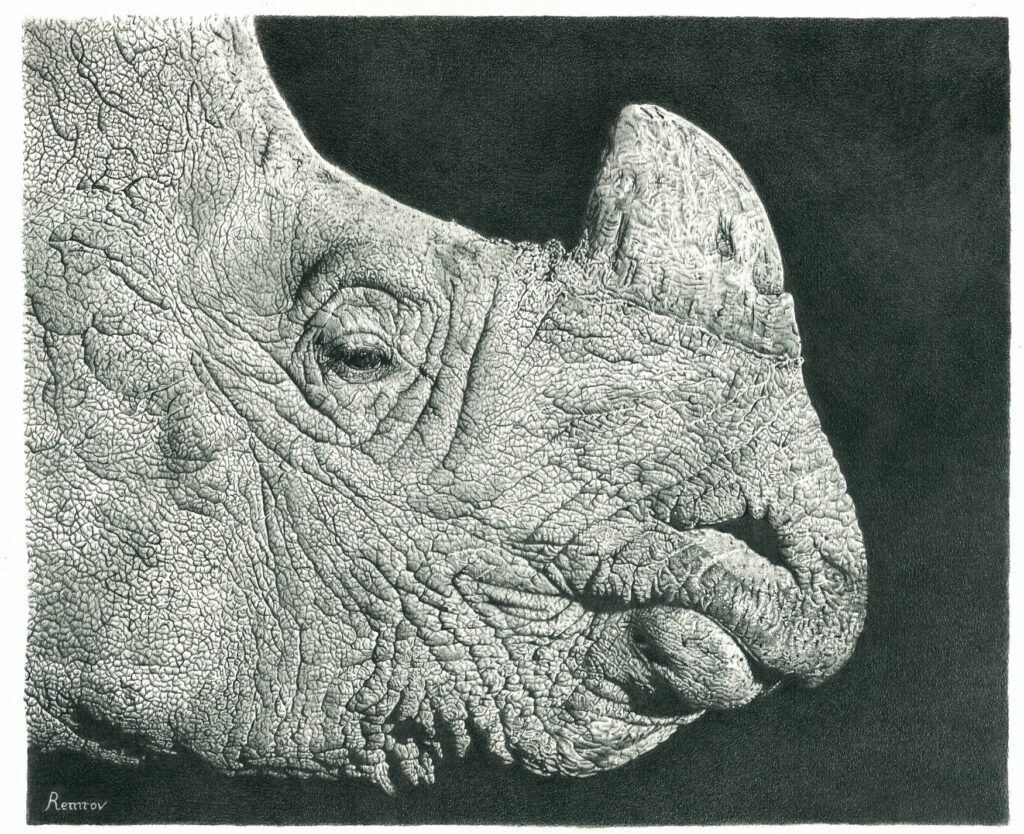
For the past 16 years, Remrov has had a special friend named Pilaf, a quiet, yet highly intelligent, peach-faced lovebird. According to one of Remrov’s videos, Pilaf is registered as his therapy and help animal. See a glimpse of their relationship in the video below as Pilaf sleeps and Remrov works on one of his complex drawings.
What is your state of mind while you are creating art? Is it therapeutic for you?
Because of my autism the whole ‘outside’ world is very chaotic for me. There are always a lot of details you have to focus on at once which can be extremely overwhelming. When I am drawing I only have to focus on one thing, the details of my drawing. Drawing makes me feel calm and grounded and ready to face the chaotic outside world again.
When were you diagnosed with autism? As a child? As an adult?
I was diagnosed with classic autism when I was 21 years old. This came as quite a relief. All those years before that I didn’t know how to interact, socialize or how to communicate, and I was struggling with every aspect of my life without knowing why. This had quite an impact on my self-esteem. I did go to social workers and psychiatrists since I was little and had tests done to find out what was going on with me, but the ‘diagnosis’ was always ‘troubles coping with parents’ divorce.’ When I finally received the right diagnosis, a lot of puzzle pieces finally fell into place.

Do you think your autism helps in your artistry? How?
Because of my autism I see the whole world in tiny little details. This helps me create extremely detailed drawings as well. With my drawings people can see the world through my eyes.
What has been your greatest success as an artist?
Even though it is not easy, I have the feeling that I’m succeeding as an artist and I keep challenging myself with making more and more detailed and photorealistic pencil drawings.
What has been your biggest challenge as an artist?
The business part of it, the communicating and trying to get my art out there.
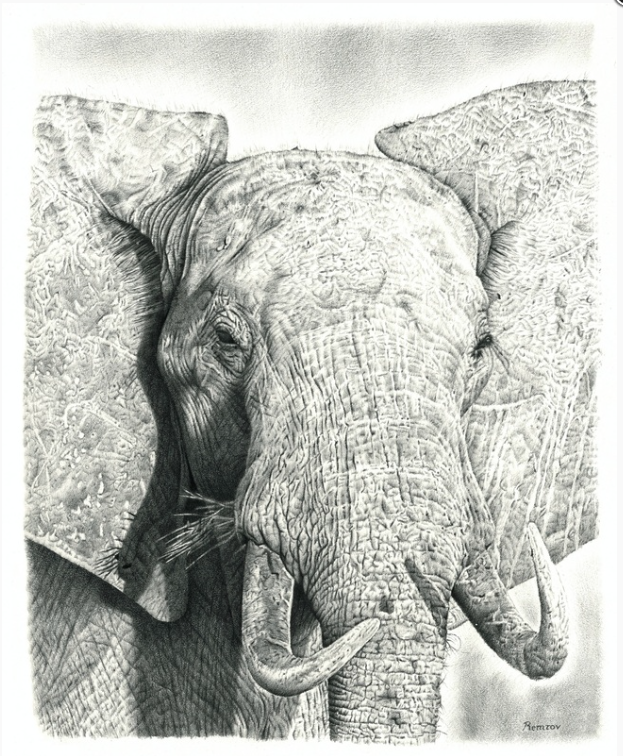
The video below is a time-lapse Remrov working on an intricate drawing of a giraffe. The artist explains, “Because of my autism I see the whole world in tiny little details. My drawings tend to be this way too, very precise and detailed.”
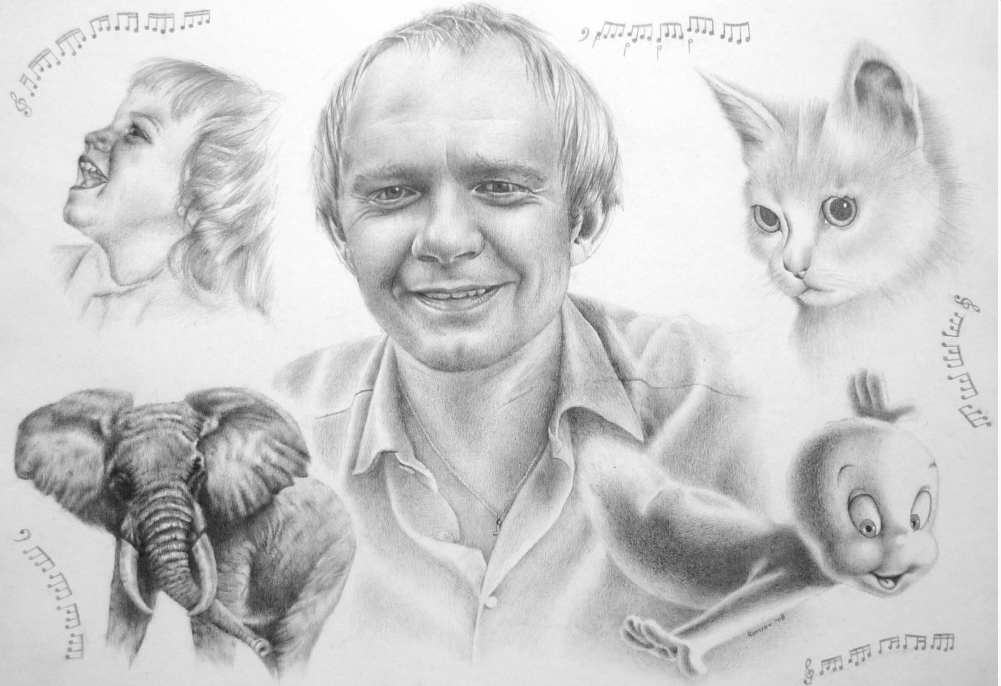
If you could tell the world one thing about living with autism, what would you tell them?
Don’t dismiss our challenges. We see the whole world in a very different way, and we process all our sensory input in a different way, which can be extremely overwhelming. But don’t focus too much on the things we cannot do, focus on our strengths and our gifts.
What piece of advice would you give to others on the spectrum?
Believe in yourself, in your strengths and in your gifts. Don’t give up when you really want something. Things don’t just come knocking on your door, you really have to get out there and fight for it.
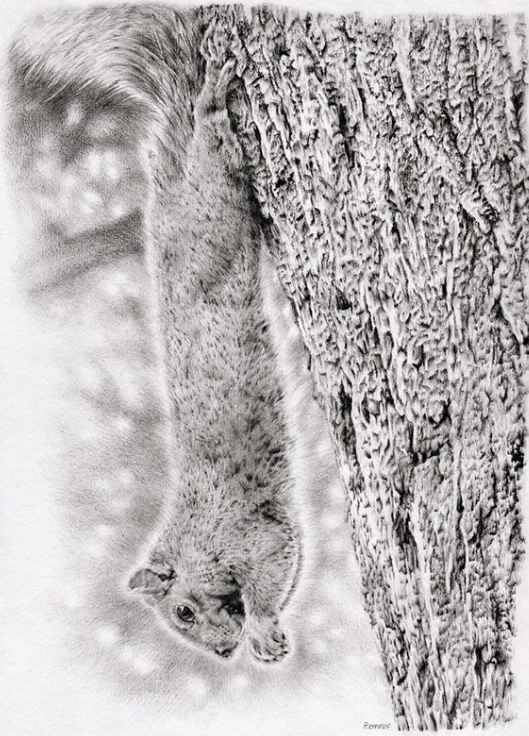
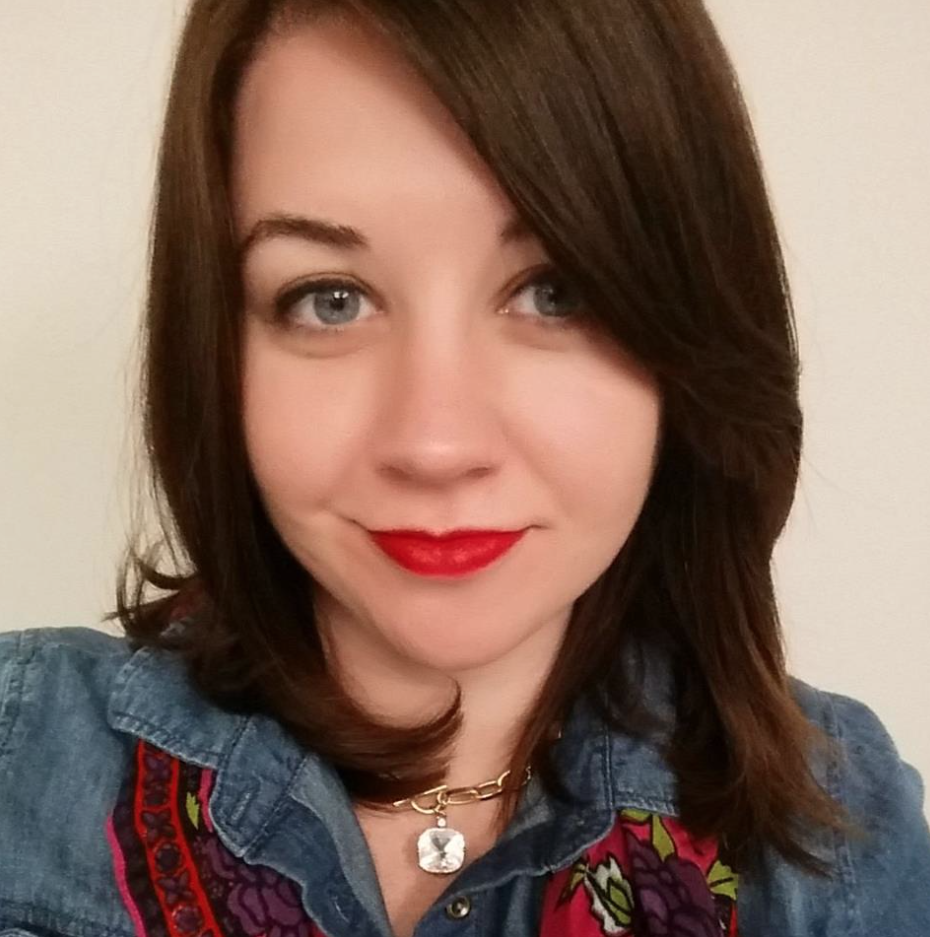

 National Teacher Appreciation Month: Autism in the Classroom
National Teacher Appreciation Month: Autism in the Classroom


